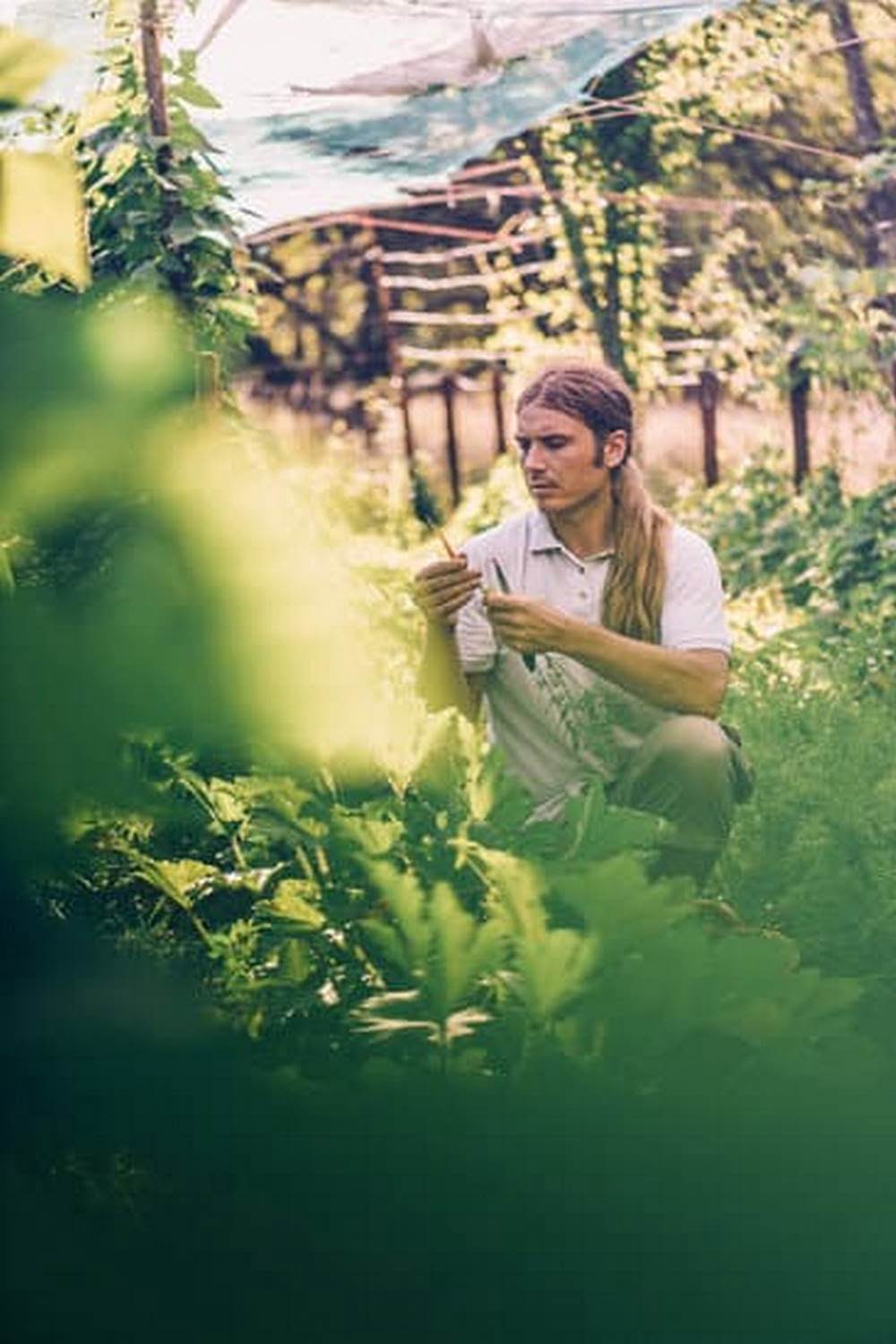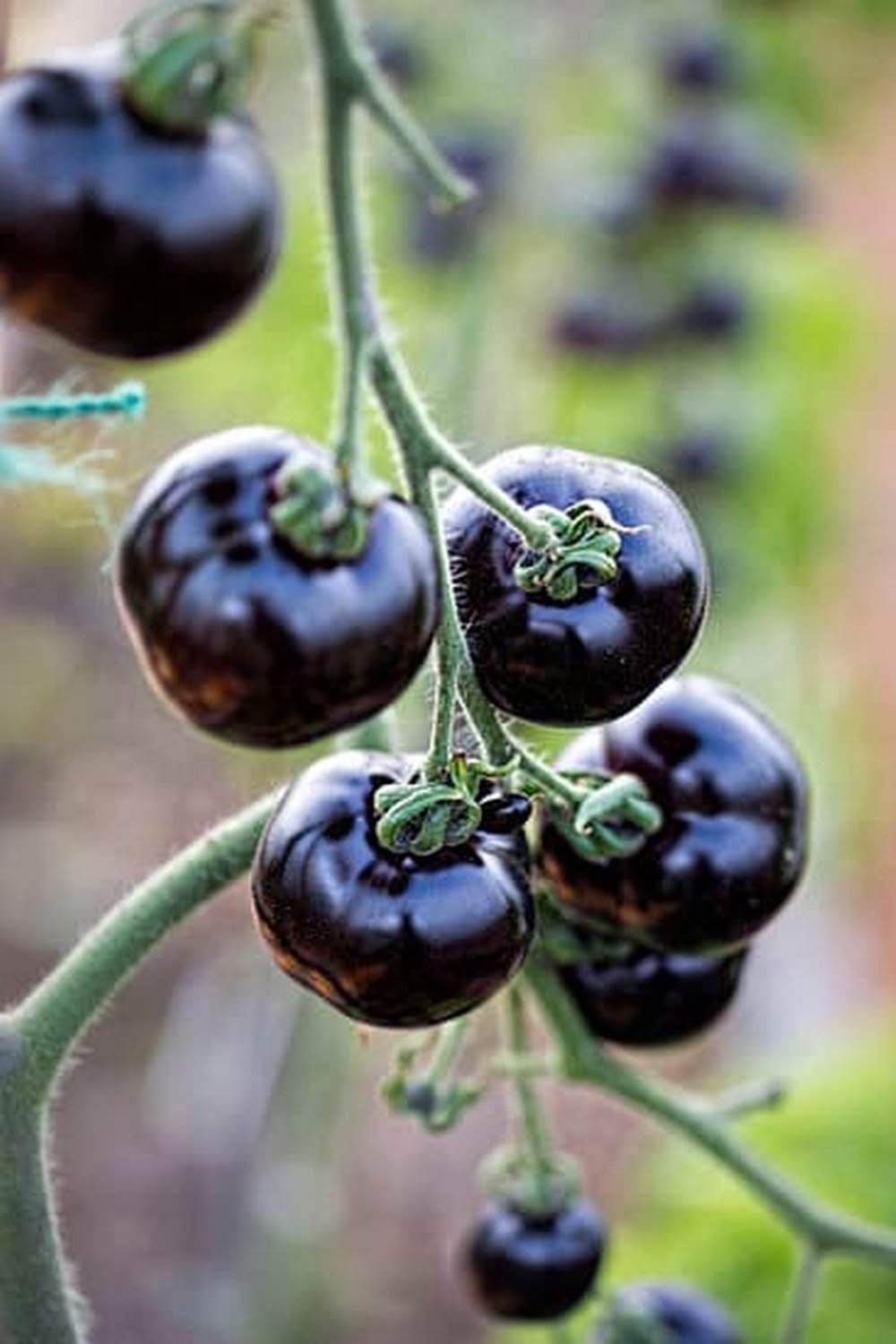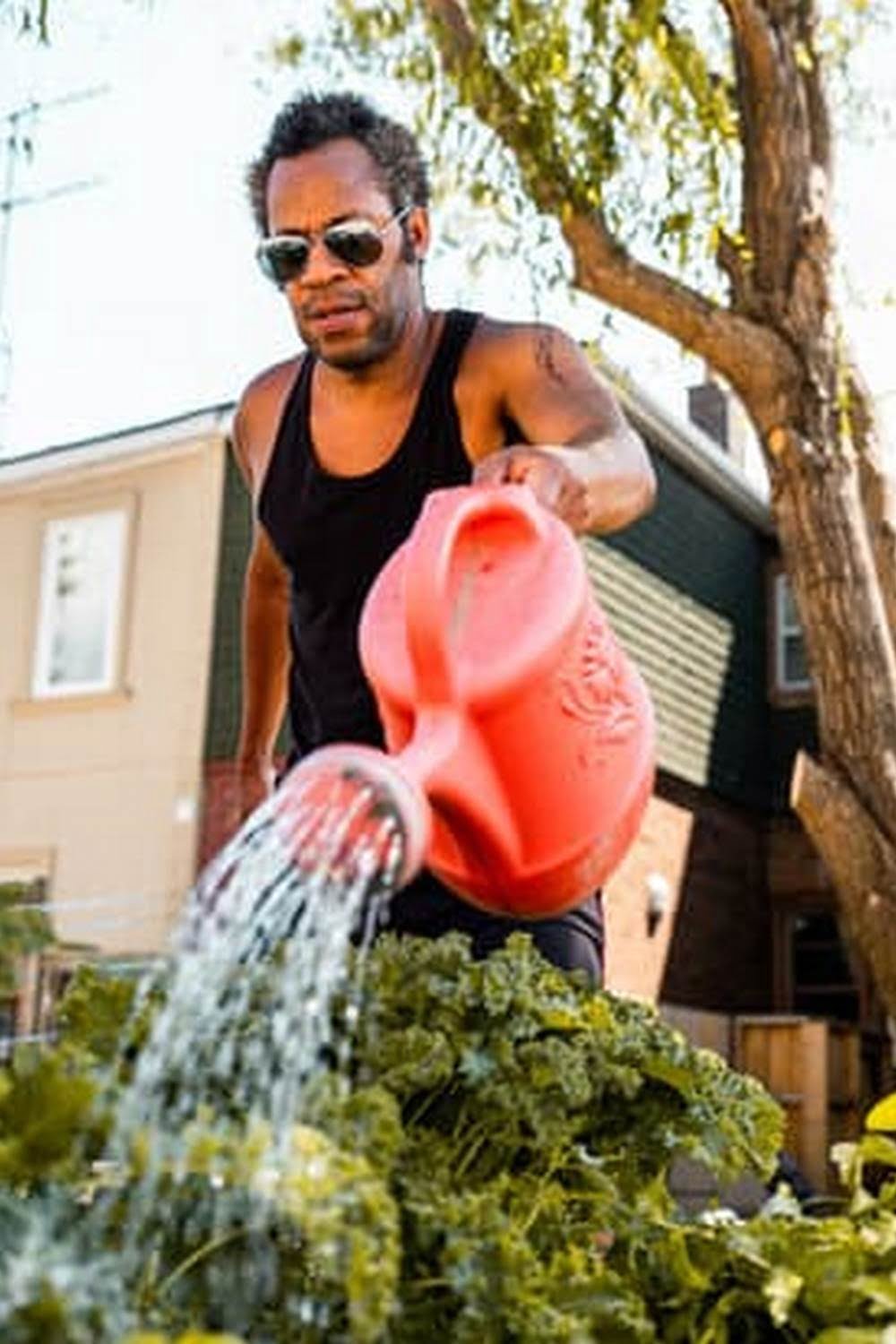Soil Composition For Raised Vegetable Garden
Beds
The most important aspect to a healthy vegetable garden is the soil. A well-draining, nutrient-rich soil is key for growing bountiful vegetables. When creating a raised vegetable garden bed, it is important to use a soil mix that will be conducive to healthy plant growth.
Most gardeners use a soil mix that is a combination of potting soil, compost, and vermiculite. These ingredients will help to create a soil that is rich in nutrients and will drain well. The potting soil will provide the soil with a good base, while the compost will help to add organic matter and nutrients. The vermiculite will help to improve the drainage of the soil and will also help to keep it moist.
If you are creating a raised vegetable garden bed, it is important to test the pH of the soil. The pH of the soil should be around 6.5-7.0 for most vegetables. If the pH is too low or too high, you can add limestone or sulfur to the soil to adjust it.
Once you have created a soil mix that is perfect for your garden, it is important to keep it healthy by adding organic matter to it each year. You can do this by adding compost, manure, or leaves to the soil. This will help to keep the soil rich in nutrients and will help to improve the drainage and moisture retention of the soil.
Raised Bed Vs In Ground Vegetable Garden
There are many benefits of raised bed gardening, chief among them the fact that the gardener can control the soil quality and drainage. With an in-ground garden, you are at the mercy of the soil type and drainage of your property. If your soil is poor or has a hard clay layer, you will have a difficult time growing anything in it. With a raised bed garden, you can amend the soil to your liking and choose a soil that drains well. You can also build a raised bed on top of a poor soil, which will give you the opportunity to grow vegetables that prefer richer soil.
Another benefit of raised bed gardening is that you can garden in areas that would otherwise be too difficult or impossible to garden in – like on a rooftop or in a small yard. You can also garden in colder climates, as the soil in a raised bed warms up faster than the surrounding soil.
There are a few disadvantages to raised bed gardening. The first is that it can be more expensive to build a raised bed than to simply dig a hole in the ground. The other disadvantage is that a raised bed can be more difficult to maintain – you will need to weed and water it more often than an in-ground garden.
Small Raised Bed Vegetable Garden Layout
When starting a small raised bed vegetable garden, there are a few things to consider in terms of layout. The first decision is the shape of the raised bed. Rectangular or square beds are the most common, but there are other shapes that can work as well. The second decision is the location of the bed. The best location for a raised bed is in a sunny spot with good drainage. If the bed is located in a shady spot, the vegetables will not produce as well. The third decision is the size of the bed. The size of the bed will depend on the amount of vegetables that you want to grow.
Once you have made these decisions, it is time to start designing the layout of the bed. The first step is to mark out the shape of the bed with stakes and string. Once the shape is marked, you can start to fill it in with soil. The next step is to mark out the locations of the plants. This can be done by using a grid or by spacing the plants evenly. Once the plants are marked, you can start to plant them.
When planting, it is important to keep in mind the size of the plants. Larger plants should be planted in the back of the bed, while smaller plants should be planted in the front. This will help to create a visual balance in the garden. It is also important to plant the taller plants in the back so that they do not overshadow the shorter plants.
When designing a raised bed vegetable garden, it is important to keep in mind the shape of the bed, the location of the bed, and the size of the plants. By following these guidelines, you can create a garden that is both beautiful and functional.
Peat Moss Raised Vegetable Garden
Peat moss is a great soil amendment for vegetable gardens. It is light and airy, and it helps to retain moisture and nutrients in the soil. It also helps to improve the drainage of heavy soils.
To prepare a raised bed for vegetables, start by mixing one part peat moss to two parts soil. Add a little compost or other organic matter to the mix, if desired. Dig or till the mixture into the top 6-8 inches of soil in the raised bed.
If your raised bed is already filled with soil, you can still add peat moss to improve the soil quality. Dig or till the peat moss into the top 6-8 inches of soil, and then water the bed well.
Peat moss can also be used as a mulch in vegetable gardens. Mulching helps to retain moisture in the soil, and it also helps to suppress weeds. To mulch a vegetable garden, simply spread a layer of peat moss over the soil. Keep the mulch 2-3 inches thick, and be sure to replenish it whenever it starts to wear thin.
Build Your Own Raised Vegetable Garden
It can be very rewarding to grow your own vegetables, and with a raised vegetable garden, it’s easy to do. You can buy or build your own raised garden bed, or even use an old, unused bathtub.
The first step is to choose a spot in your yard that gets plenty of sunlight. The raised garden bed should be placed in an area that is easily accessible, so you can water and weed it regularly.
Once you’ve selected a spot, it’s time to start building your raised garden bed. If you are using a wooden frame, make sure to use treated lumber, so the bed will last for several years. If you are using an old bathtub, you can simply place it in the desired spot and fill it with soil.
Once the bed is in place, it’s time to start planting. Vegetables that do well in a raised garden bed include lettuce, tomatoes, peppers, carrots, and zucchini.
Be sure to water your garden regularly, especially during hot, dry weather. Weeding is also important, so be sure to remove any weeds as soon as you see them.
A raised vegetable garden is a great way to enjoy fresh, homegrown vegetables, and it’s also a fun project for the whole family.

If you’re looking to get into vegetable gardening, or are just looking for some tips on how to make your current garden better, then you’ve come to the right place! My name is Ethel and I have been gardening for years. In this blog, I’m going to share with you some of my best tips on how to create a successful vegetable garden.





